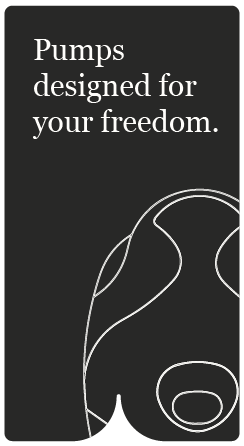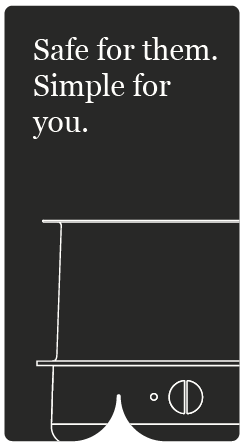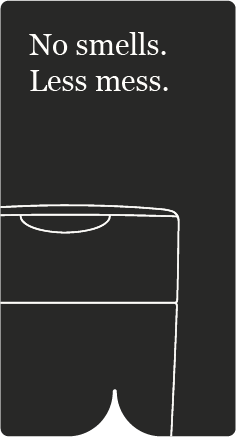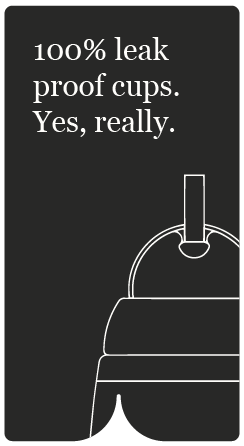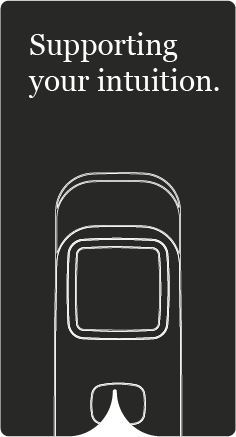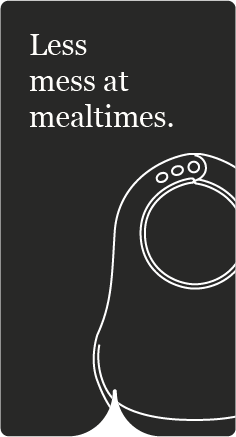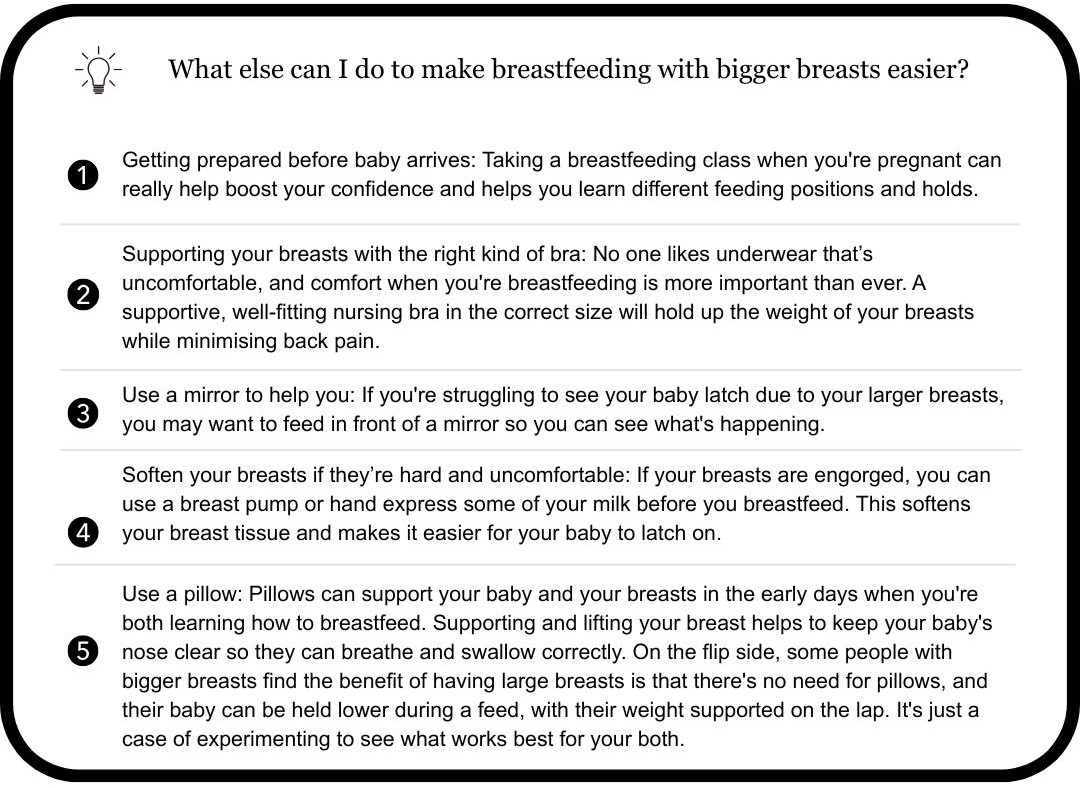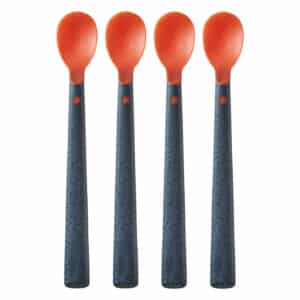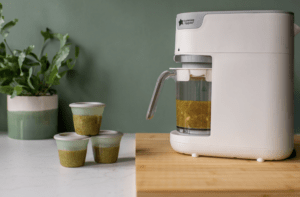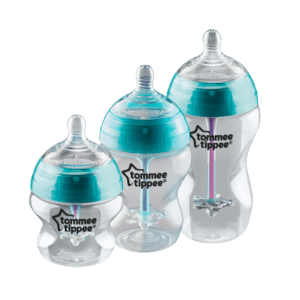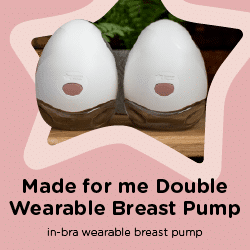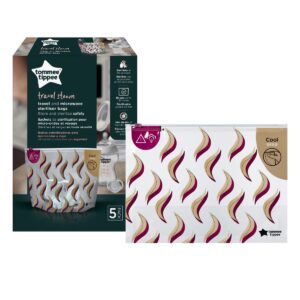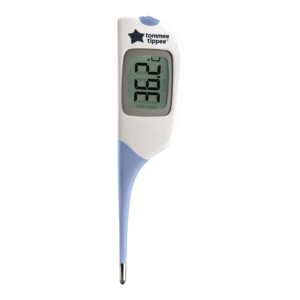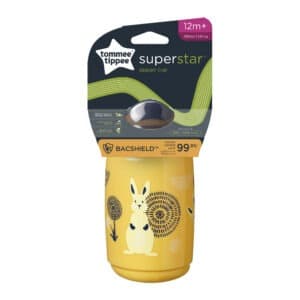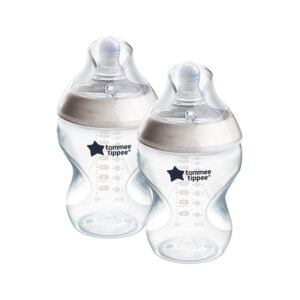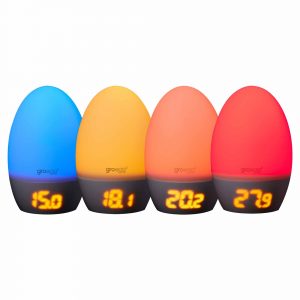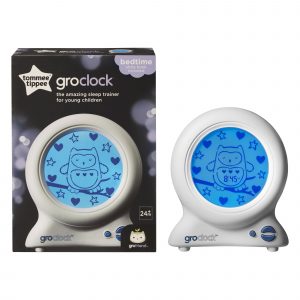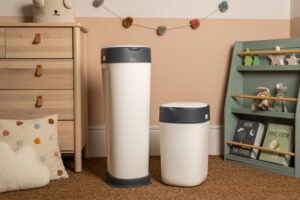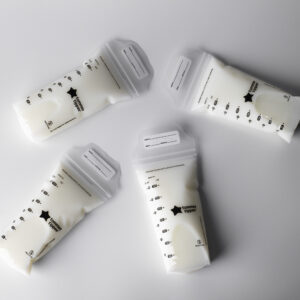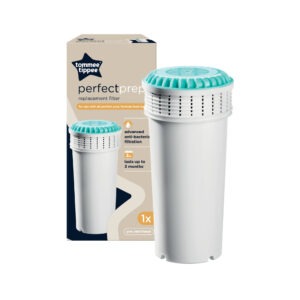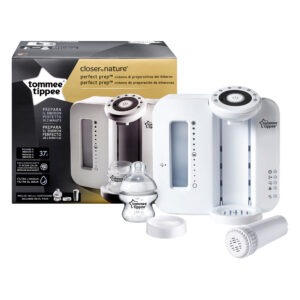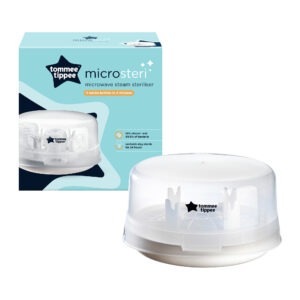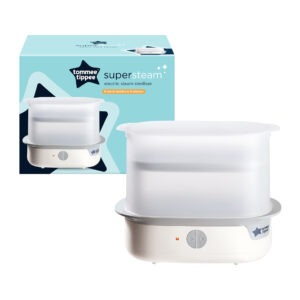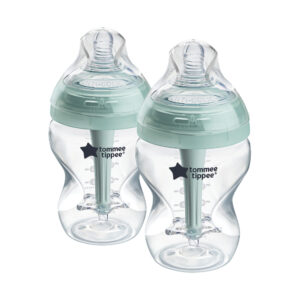Newborn & Baby

Tips for breastfeeding with big boobs
Tips for breastfeeding with big boobs

- Women with big breasts can face several challenges when breastfeeding: Including latch difficulties, visibility problems (not being able to see your baby above your breasts), suffocation concerns, and the onset of neck and back pain.
- To make breastfeeding easier with big breasts, switch up your feeding position. Lying on your side, holding your baby in the rugby or clutch hold, laying back or in the C-hold may help.
It’s a common misconception that if you have bigger breasts, breastfeeding will come naturally, and you won’t have any breast milk supply issues. But often this isn’t the case. Everyone’s breastfeeding journey is unique, and there are some specific challenges that people with big breasts face.
We all know that breasts naturally come in different shapes and sizes, and if you’re worried about breastfeeding your baby or struggling with it, read on for some top tips and advice on big breasts and breastfeeding.
The challenges of breastfeeding with bigger breasts
People with large breasts can sometimes encounter issues when breastfeeding, these can include:
- Latch difficulties with large breasts: To achieve a good latch, your baby needs to be able to get lots of your areola in their mouth. But if you’ve got big breasts, they may have a hard time getting their mouth open wide enough to achieve a deep enough latch. Finding a good position to latch in can also be harder with larger breasts.
- Visibility problems: If you’ve got bigger breasts, your line of sight can be blocked while breastfeeding. This can then make it tricky for you to help your baby latch and to monitor their feeding once they’ve latched.
- Suffocation concerns: You may worry about your baby’s nose getting blocked by your breasts as they breastfeed.
- Pain in your neck and back: You may think it’ll be easier to bring your breast to your baby to help them feed, but if you have larger breasts, this can actually cause neck, shoulder, and back pain. Not what you need as a busy parent.
In addition to the above, breastfeeding with big breasts can still throw up the same issues affecting other breastfeeding parents.
These can include…
- Mastitis
- Clogged milk ducts
- Thrush
- Engorgement
- Sore or cracked nipples
What are the best positions for breastfeeding with bigger breasts?
For those with large breasts, some breastfeeding positions may be easier and more comfortable than others.
How to increase breast milk supply
If you are wanting to increase your breast milk supply, there are a few things you can try…
- Eat ‘lactogenic’ foods: Foods that boost breast milk supply include…
- Grains like oats, cornmeal, and barley.
- Seeds and nuts like sesame seeds, pumpkin seeds, sunflower seeds, and almonds.
- Vegetables like mushrooms, broccoli, asparagus, potatoes, and lettuce.
- Fruits like peaches, nectarines, apricots, and cherries.
- Drink plenty of fluids: Dehydration can affect your milk supply, so drink enough liquids – at least six to eight glasses of water a day.
- Give your baby lots of cuddles: Skin-to-skin contact with your baby can make your body release hormones that stimulate breast milk production.
- Breastfeed when your baby wants: Your breasts make more milk in response to demand. So, responding to your baby’s feeding cues (such as sucking on their fingers and ‘rooting’) and feeding on demand can help support a good breast milk supply.
- Use a breast pump: Expressing is a great way to stimulate the production of more breast milk. You can also save some time and increase your milk supply when pumping by using a double breast pump to express from both breasts at the same time.
- Feed from both breasts: Offer your baby both breasts if you can, and when they slow down or stop feeding from one, offer them the other. You can also switch which breast you begin each feed with.
If you’re struggling to breastfeed your baby, don’t be afraid to ask for help and advice. Lactation consultants, breastfeeding support groups, other parents, and local resources can all offer support on your breastfeeding journey.
- Low breast milk supply: Certain conditions such as polycystic ovarian syndrome (PCOS), obesity, hypothyroidism, and insulin resistance can affect production of breast milk.
- Too much breast milk: An overabundant milk supply can cause issues for both you and your baby. Too much milk can lead to breast engorgement and pain, which can then make it very difficult for your baby to latch on.
If you’re worried about your breastmilk supply, make sure you reach out to a medical professional like your midwife, health visitor or a lactation consultant for support.
No, this is a common breastfeeding myth! Milk supply and breast size isn’t connected. People with large breasts can still suffer from both under and overproduction of milk.
Your breasts are made up of fatty tissue, glandular tissue, and connective tissue. The size of your breasts reflects how much fatty tissue there is, and it’s actually the glandular tissue in your breasts which makes milk.
For some, breastfeeding is easy from the start. For others, it takes a little more time and effort to get the hang of – regardless of breast size! The same goes for breast sizes affecting milk flow.
No, this is another common breastfeeding myth. While it can be more challenging to get the hang of, there are ways you can overcome obstacles for a positive breastfeeding experience.
Managing oversupply with large breasts is no different to any other breast size, but we can appreciate that the added weight and fullness can add to the discomfort. Here’s some tips:
- Block feeding: Nurse from either breast for a specific amount of time and then switch, i.e. the right side for 2-3 hours before switching to slow production.
- Laid-back positions: Sit either reclined or in a side-lying position so your baby can control fast let-down.
- Hand express: Try and hand express a little milk to ease any pressure and reduce forceful flow.
- Use a cold compress: Applying an ice pack (wrapped in a towel) after feeds can relieve engorgement.
If your oversupply continues to cause pain, we recommend consulting your lactation professional.
Your breast size won’t determine how long your feeding sessions last; it all comes down to your glandular tissue, milk removal frequency and other support.

